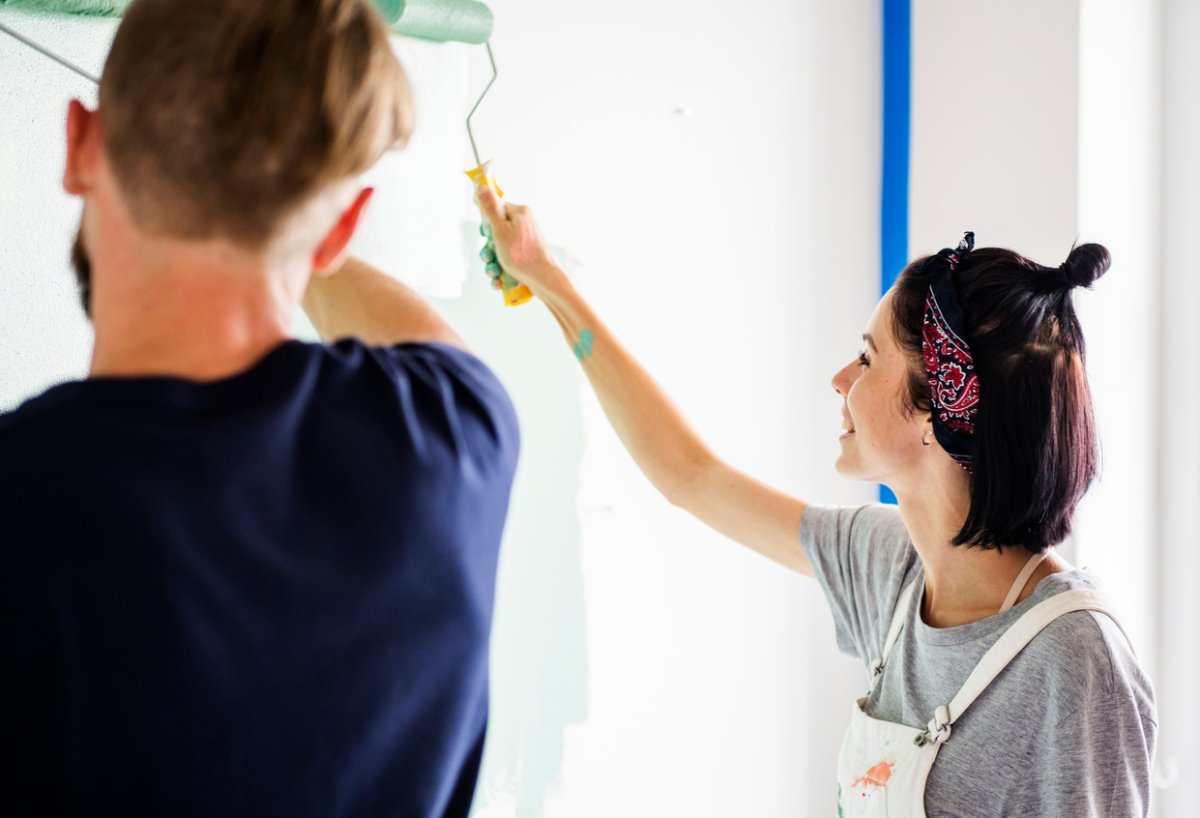We may earn revenue from the products available on this page and participate in affiliate programs. Learn More ›
Our homes are meant to be lived in, which means that our carefully-applied paint jobs inevitably become nicked and blemished over time. From scuff marks on baseboards to chips along door frames, the busy parts of our homes need a little TLC to keep them looking their best. It’s smart to keep leftover paint or paint samples on hand for regular touch-ups, but if you don’t have any, learning how to match paint can be a valuable skill. Let’s explore eight areas in your home that are most likely to need paint touch-ups over time.
High-Traffic Walls
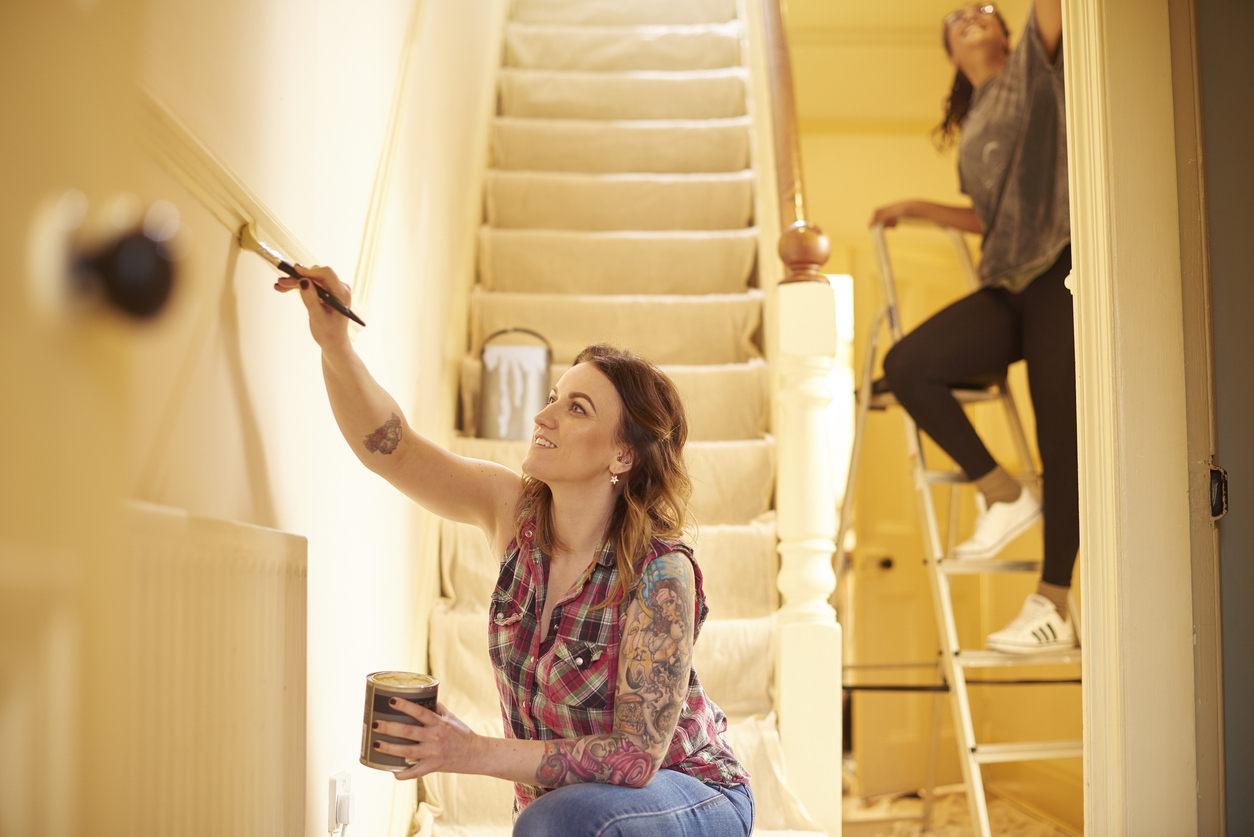
The most high-traffic areas of your home will always be the ones that need the most frequent touch-ups. Walls in hallways, entryways, and staircases are prone to accumulating scuff marks and scratches because of the everyday traffic they see.
Paint on living room and kitchen walls may also be worn out because these spaces act as regular gathering places. These areas are often the places that guests see the most, so it can be important to keep them looking fresh and clean.
Corners and Edges
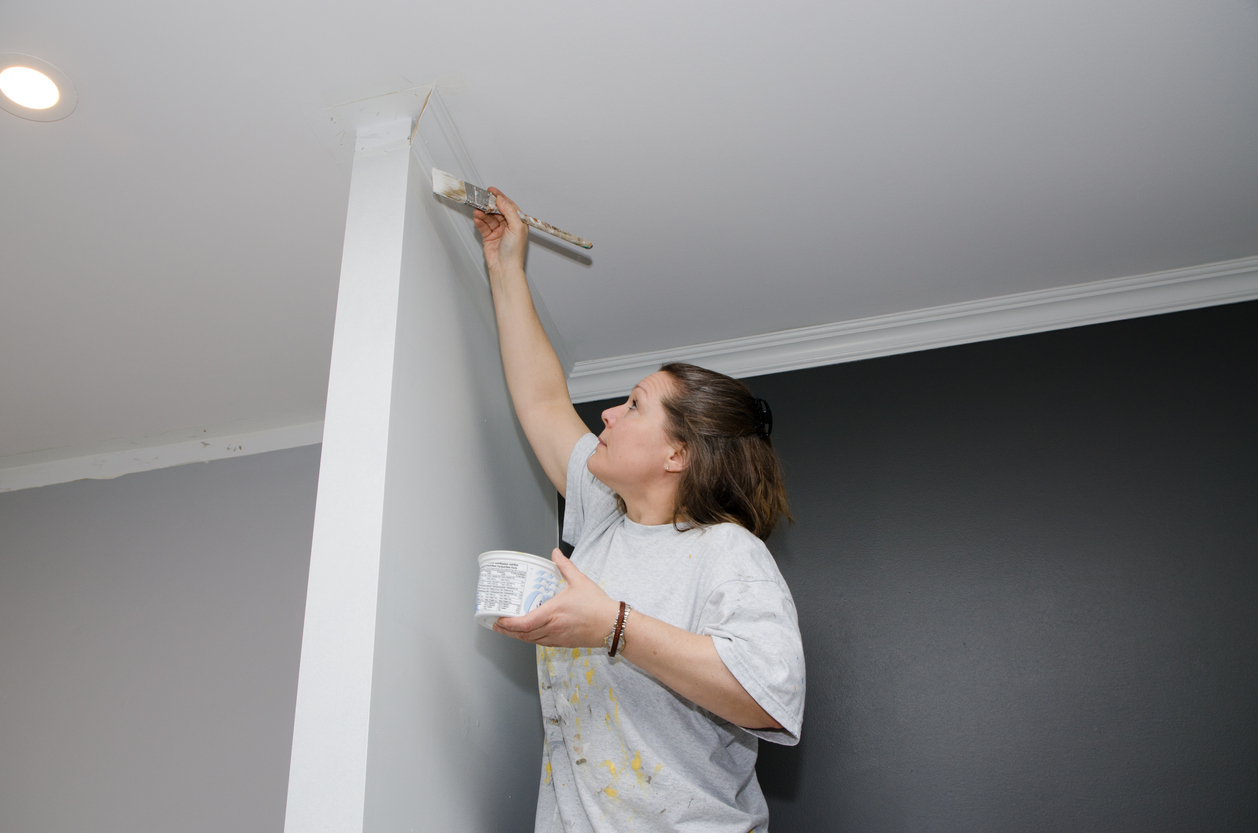
The corners and edges of your walls may have been painted imperfectly to begin with and may not have received second—or third—coats of paint when they needed them. Corners may not be susceptible to the usual issues of high traffic, but they can easily become scratched or scuffed when moving furniture or when kids walk around with backpacks on. Make sure to keep these areas refreshed in order to keep your paint job looking seamless.
Baseboards
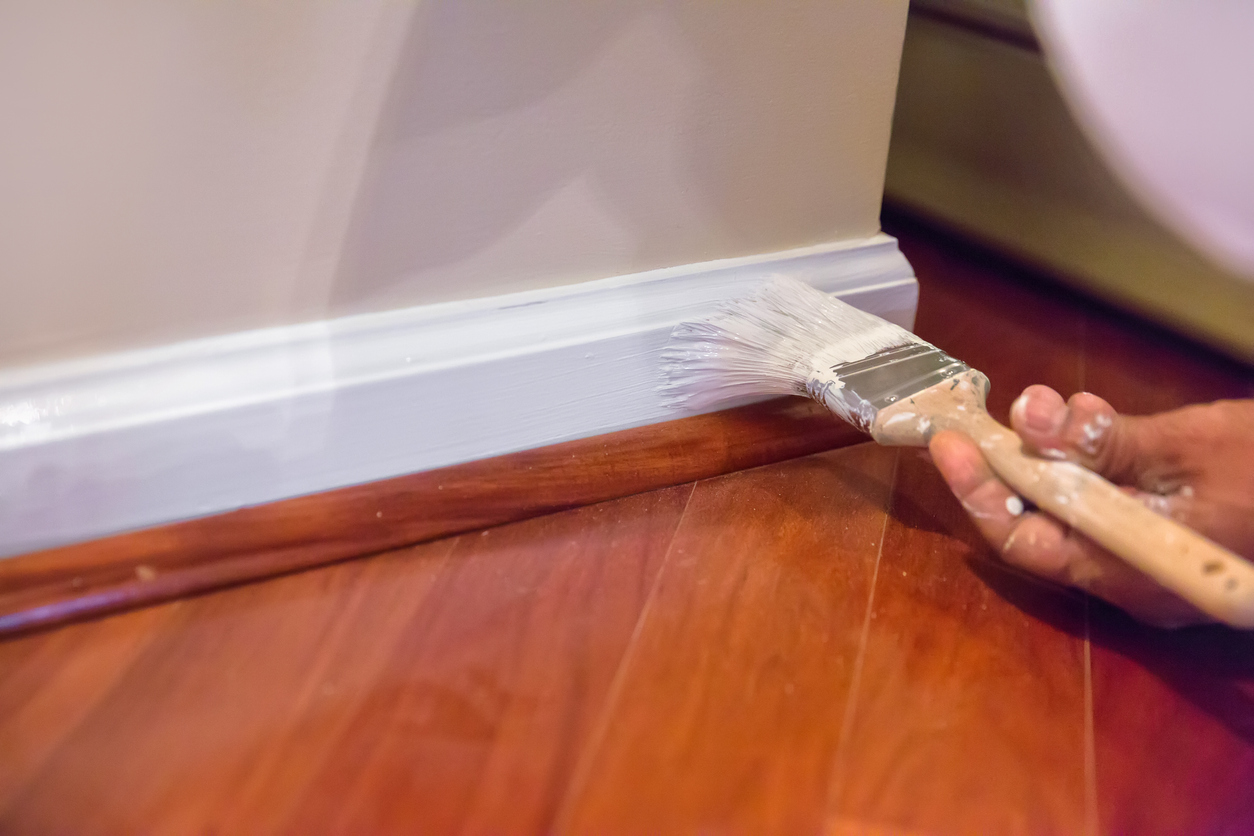
Baseboards protect the base of your walls from damage while also providing aesthetic value. Because they’re located near the floor, they tend to get dirty and can also be scuffed up by regular foot traffic. In households with kids or pets, these problems can be even worse.
Before touching up baseboard paint, make sure to clean the area thoroughly to ensure there’s no dirt, dust, or other debris on the surface. If the paint is chipped, make sure to sand those spots so the paint will lay flat. Opt for a semi-gloss paint on baseboards for easier maintenance.
Trim
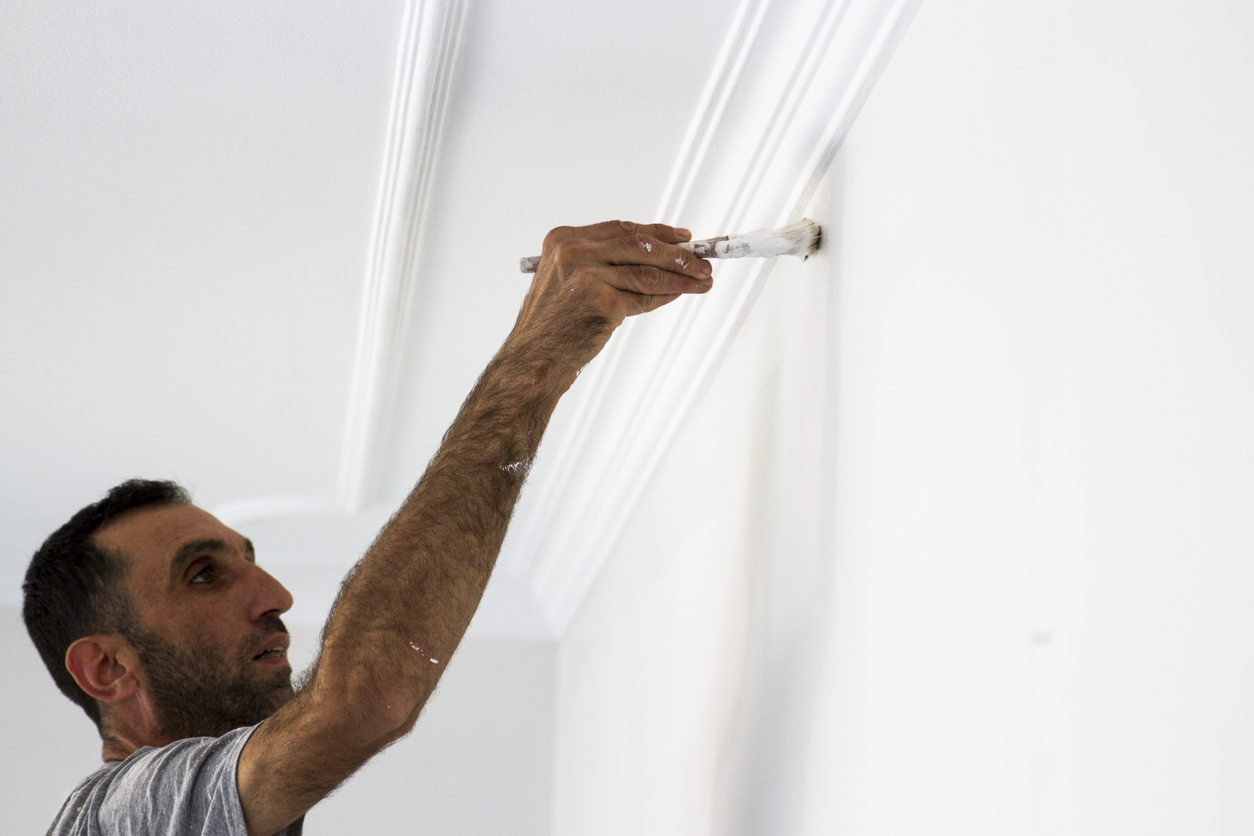
Beyond baseboard, other trim—including chair rails and other decorative moldings—adds architectural interest to a space. Some of these, like chair rail, often become a high-touch surface, especially when it’s placed in hallways or entryways. Even if you use a durable paint, regular touch-ups with the best painting tools are still necessary to keep it looking its best.
Door Casing and Window Sills
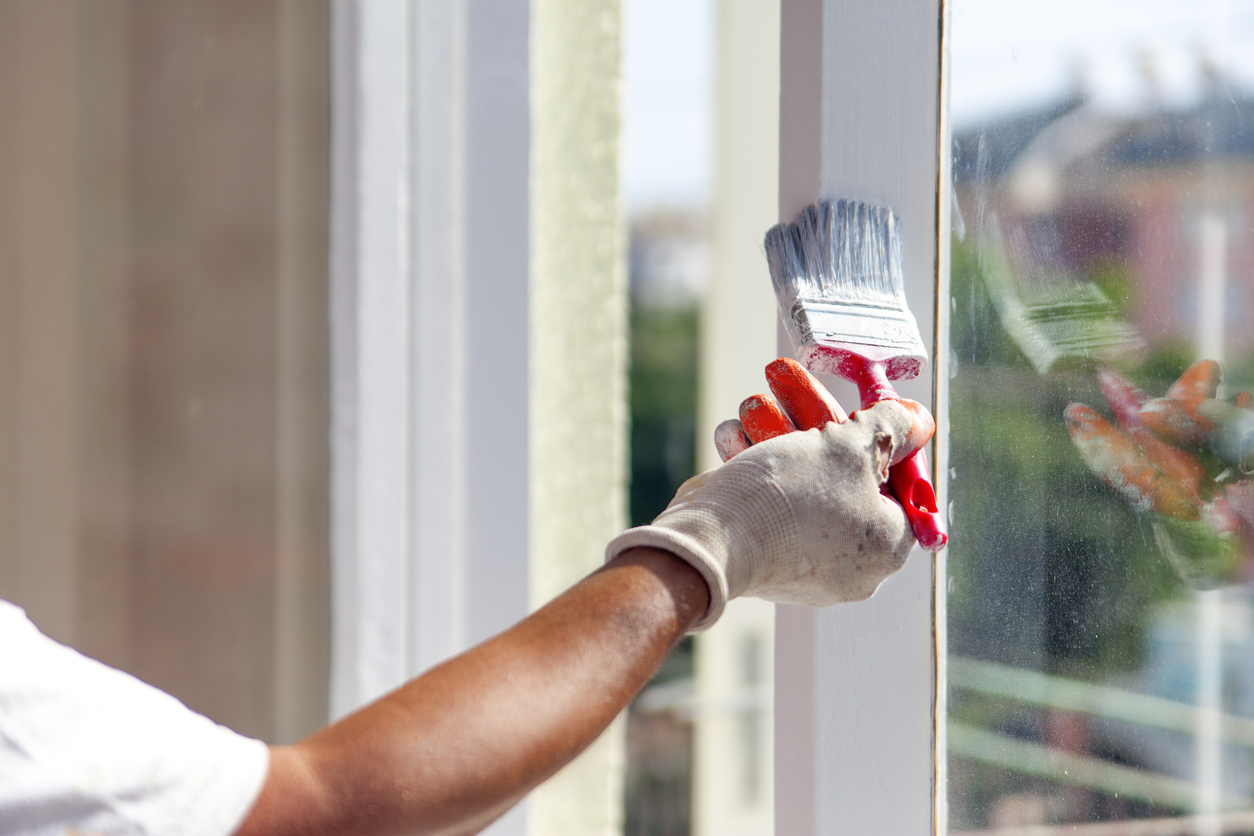
Door and window casing and window sills are usually handled often, and this contact gradually wears down the paint’s finish, leading to subtle damage over time. Door casing, in particular, can easily be scratched and dinged from regular everyday activities. Like baseboards and trim, it’s best to use ultra-durable paints for these areas and to choose a higher-sheen finish like semi-gloss so that they’re easy to keep clean.
Kitchen Cabinets and Drawers
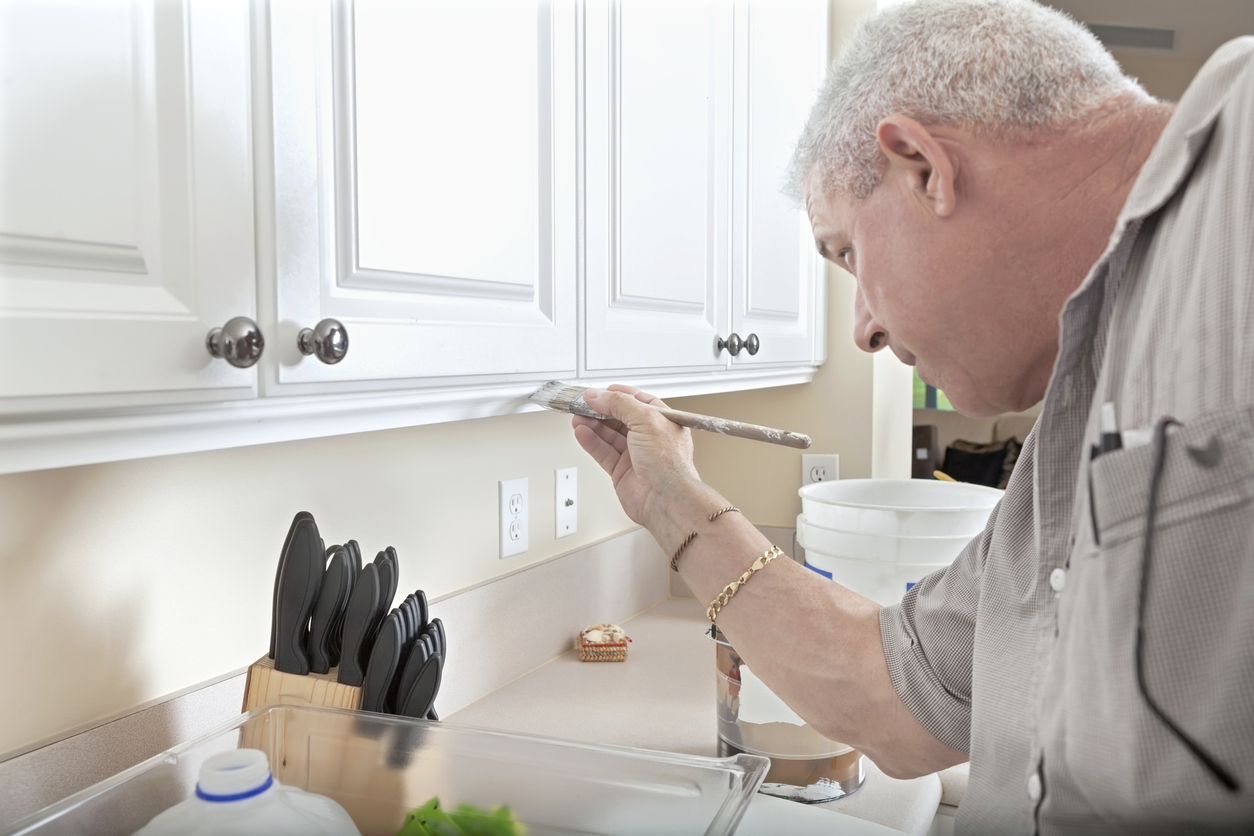
Kitchen cabinets and drawers bear the brunt of daily use and experience plenty of wear and tear, especially around handles and knobs, making paint damage and discoloration common. To prevent your cabinetry from looking dull or shabby, make sure to keep cabinet paint and the right tools on hand so you can easily do touch-ups when they’re needed.
Bathroom Walls and Trim
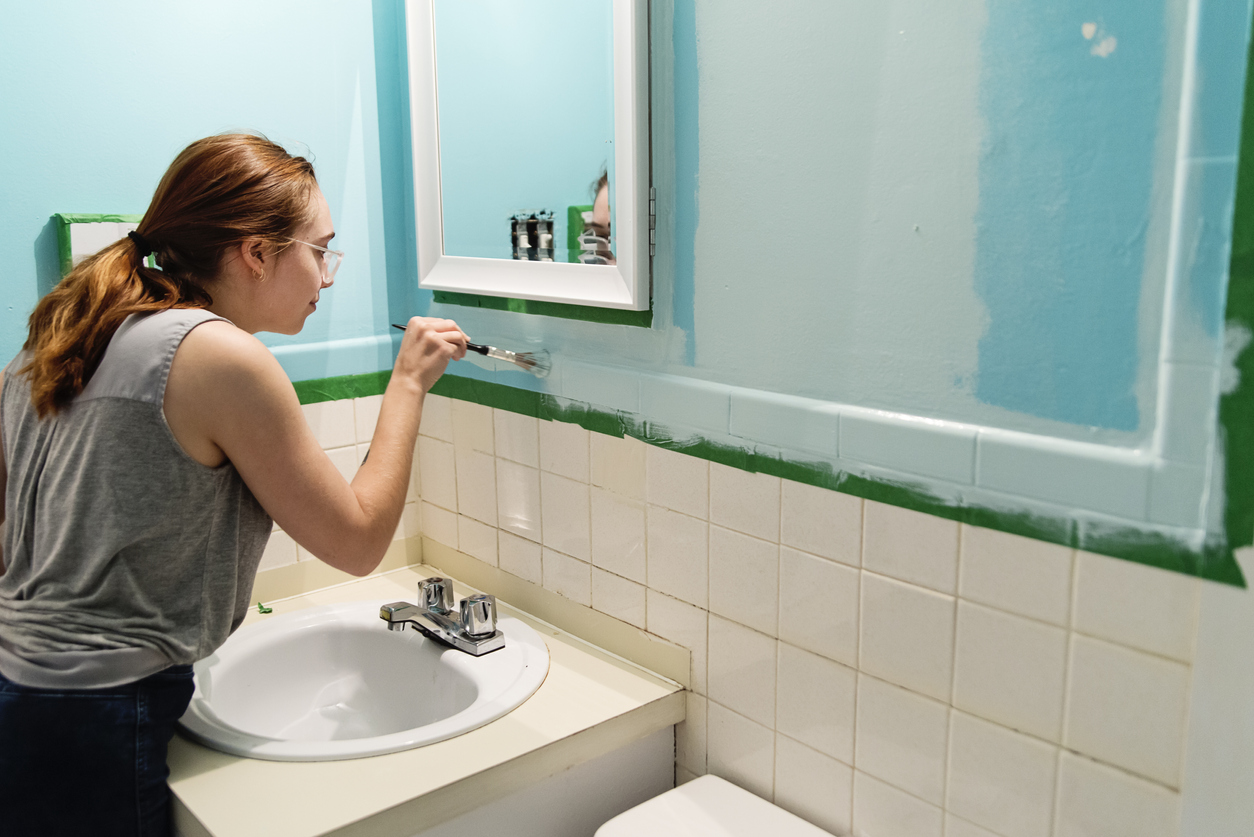
Even with the best bathroom fan, bathrooms can be humid, making paint longevity a challenge. It’s always best to use paint that’s specifically formulated for use in bathrooms because they’re designed to withstand more moisture than standard paint. Areas surrounding sinks, showers, and bathtubs are particularly susceptible to water damage, necessitating periodic touch-ups to maintain their appearance and resilience.

